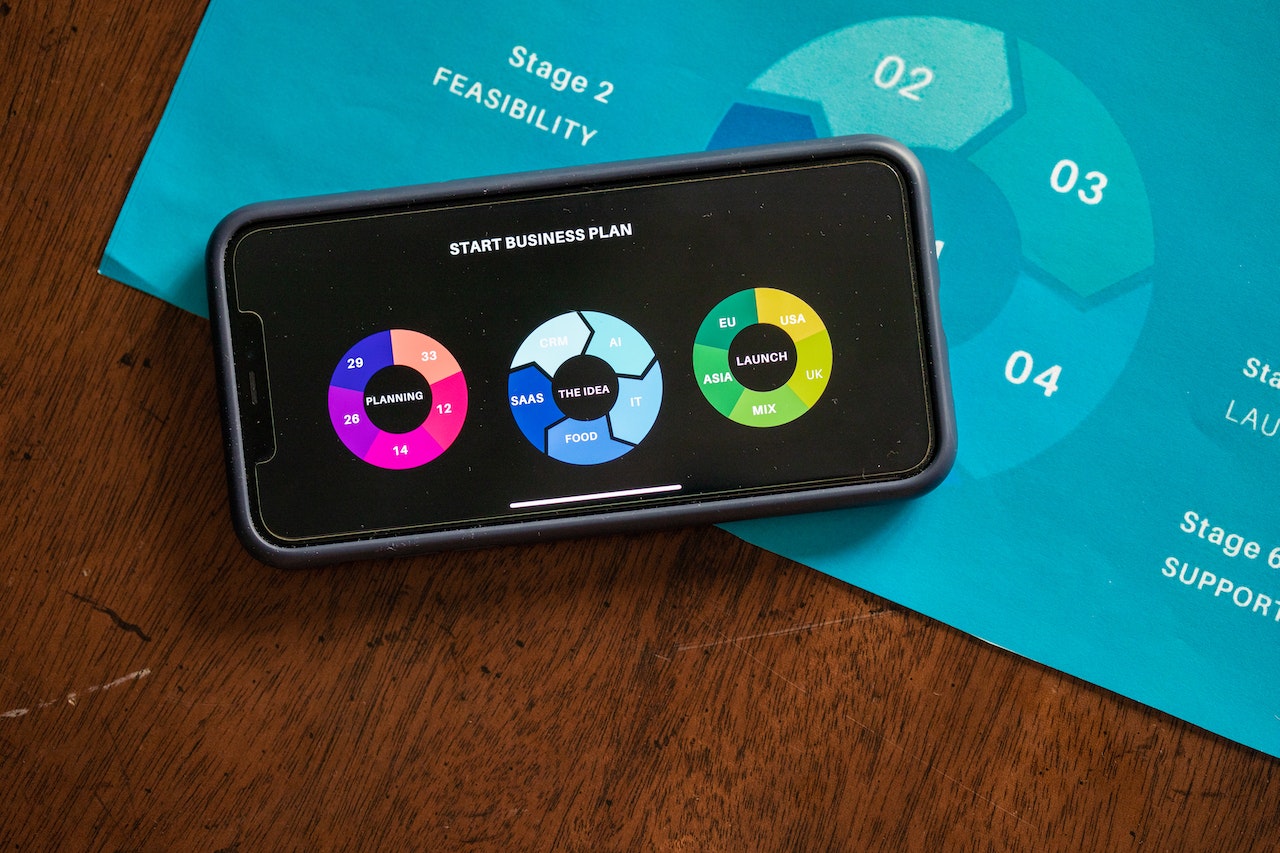Simulated intelligence Video Generators Are Approaching an Essential Tipping Point
Video images made with calculations are unexpectedly all over. Their unexpected expansion might proclaim an approaching blast in the innovation’s ability.
You might have seen some great video images made with computer based intelligence lately. Harry Potter rethought as a Balenciaga business and horrible film of Will Smith eating spaghetti both as of late became famous online. They feature how rapidly man-made intelligence’s capacity to make video is progressing, as well as how dangerous a few purposes of the innovation might be.
These recordings help me to remember the second man-made intelligence picture making instruments became broad last year, when projects like Craiyon (previously known as DALL-E Small) let anybody invoke unmistakable, if unrefined and frequently dreamlike, pictures, for example, reconnaissance film of children ransacking a service station, Darth Vadar court draws, and Elon Musk eating pastels.
Craiyon was an open source knockoff of the then painstakingly confined DALL-E 2 picture generator from OpenAI, the organization behind ChatGPT. The instrument was quick to show computer based intelligence’s capacity to take a text brief and transform it into what resembled genuine photographs and human-drawn delineations. From that point forward, DALL-E has become open to everybody, and projects like Midjourney and Dream Studio have created and sharpened comparable instruments, making it generally unimportant to create mind boggling and reasonable pictures with a couple of taps on a console.
As architects have changed the algorithmic handles and switches behind these picture generators, added additional preparation information, and paid for more GPU chips to run everything, these picture causing apparatuses to have become staggeringly great at faking reality. To take a couple of models from a subreddit devoted to peculiar computer based intelligence pictures, look at Alex Jones at a gay pride march or the Ark of the Pledge at a yard deal.
Inescapable admittance to this innovation, and its complexity, drives us to reexamine how we view online symbolism, as was featured after simulated intelligence made pictures indicating to show Donald Trump’s capture turned into a web sensation last month. The episode drove Midjourney to report that it would at this point not offer a free preliminary of its administration — a fix that could discourage some scrooge troublemakers yet leaves the more extensive issue immaculate.
Calculations actually battle to produce persuading video from a brief. Making numerous singular edges is computationally costly, and as the present jittering and faltering recordings show, it is difficult for calculations to keep up with sufficient lucidness between them to create a video that checks out.
Simulated intelligence devices are, nonetheless, getting much more skilled at altering recordings. The Balenciaga image, alongside variants referring to Companions and Breaking Terrible, were made by joining one or two artificial intelligence apparatuses, first to create still pictures and afterward to add straightforward activity impacts. However, the final product is as yet amazing.
Runway ML, a startup that is creating simulated intelligence devices for proficient picture and video creation and altering, this week sent off another more productive method for applying complex changes to recordings. I utilized it to make this fanciful film of my feline, Leona, strolling through a “cloudscape” from a current video in only a couple of moments.
Different AI procedures open additional opportunities. An organization called Luma simulated intelligence, for example, is utilizing a method known as brain brilliance fields to transform 2D photos into definite 3D scenes. Feed a couple of previews into the organization’s application, and you’ll have a completely intuitive 3D scene to play with.
These clasps suggestt we are at an expression point for man-made intelligence video making. Likewise with man-made intelligence picture age, a developing surge of images could be trailed by critical upgrades in the quality and controllability of artificial intelligence recordings that hold up the innovation in a wide range of spots. Man-made intelligence might very much turn into a dream for certain auteurs. Runway’s devices were utilized by the enhanced visualizations specialists chipping away at the Oscar-winning Everything Wherever At the same time. Darren Aronofsky, overseer of The Whale, Dark Swan, and Pi loves Runway.
Yet, you just have to see how cutting-edge pictures from Midjourney and Dream Studio are currently to detect where artificial intelligence video is going — and how troublesome it might become to recognize genuine clasps from counterfeit ones. Obviously, individuals can as of now control recordings with existing innovation, yet it’s still somewhat costly and challenging to pull off.
The quick advances in generative artificial intelligence might demonstrate perilous in a period when virtual entertainment has been weaponized and deepfakes are advocates’ toys. As Jason Parham composed for WIRED for this present week, we likewise need to genuinely consider how generative simulated intelligence can recover and reuse appalling generalizations.
For the present, the impulse to believe video cuts is generally dependable, yet it probably won’t be some time before the recording we see is less strong and honest than it used to be.


